The Dumont Lab published a book chapter in Methods in Molecular Biology:
4D Microscopy and Tracking of Chromosomes and the Spindle in C. elegans Early Embryos
Abstract:
Maintaining genomic integrity throughout successive cell divisions is essential for the proper development and functioning of organisms. Chromosome alignment and segregation occur on a microtubule-based spindle originating from centrosomes. The molecular…
The Minc Lab published a new book chapter in Methods in Molecular Biology:
Manipulation of Spindle Position Using Magnetic Tweezers in Sea Urchin Embryos
Abstract:
The regulation of mitotic spindle position and orientation, and consequent division plane specification, is critical for early embryo development, tissue architecture and stem cells. Accordingly, defects in spindle positioning have been…
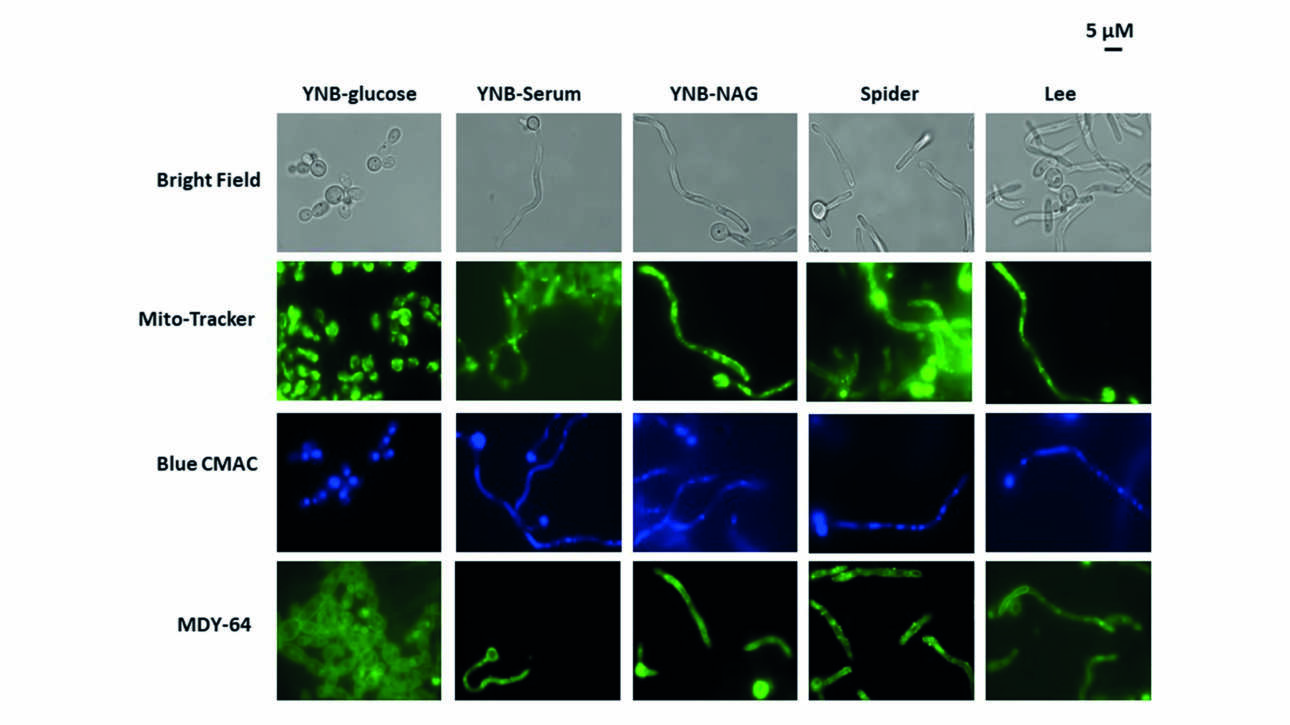
The ProtéoSeine platform and the Léon Lab published a new publication in BMC Microbiology:
Candida albicans cells exhibit media specific proteomic profiles during induction of filamentation
Abstract:
Candida albicans is an opportunist pathogen responsible for a broad spectrum of infections, from superficial mycosis to the systemic disease candidiasis. C. albicans has various morphological forms, including unicellular budding yeasts, filamentous pseudohyphae…
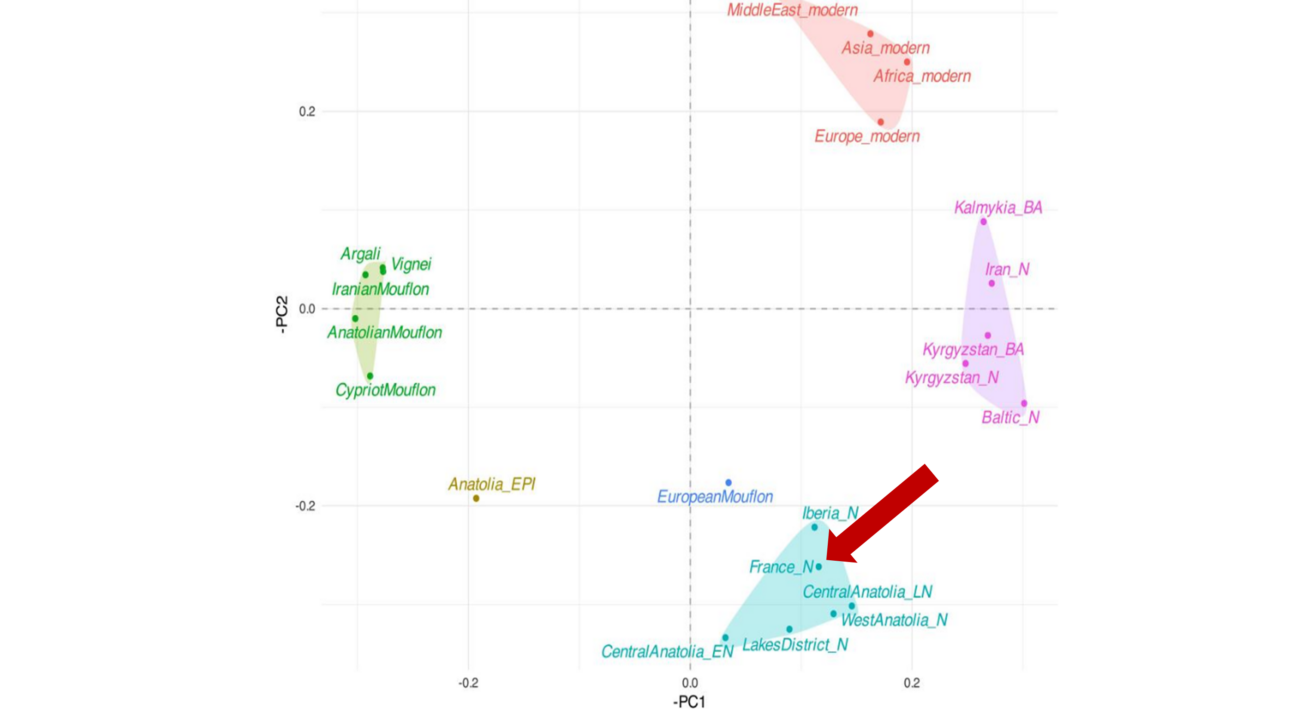
The Grange / Geigl Lab published a new article in Molecular biology and evolution :
The Population History of Domestic Sheep Revealed by Paleogenomes
Sheep were one of the first animals to be domesticated. The analysis of genomes retrieved from archaeological sheep bones preserved in Neolithic sites allowed Kaptan and colleagues to demonstrate that present-day sheep descend from Anatolian wild…
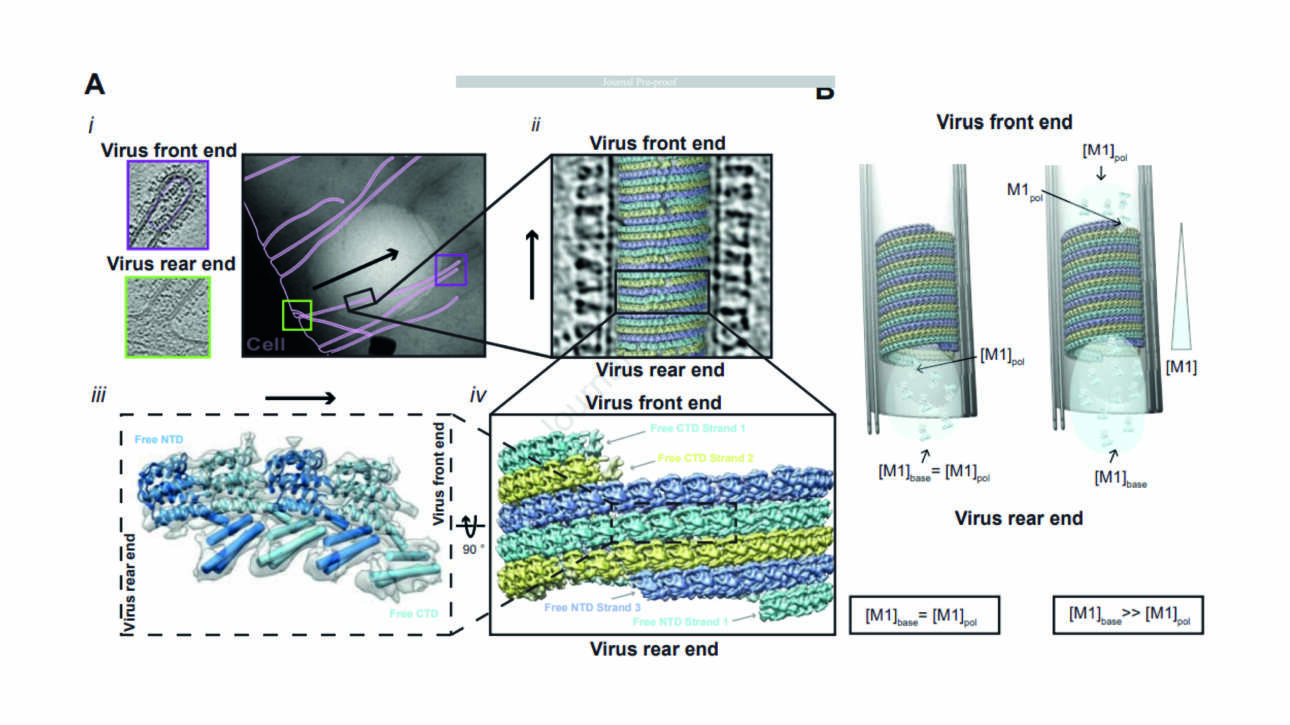
The Minc Lab contributed to the publication of a new article in Biophysical Journal :
A physical model for M1-mediated influenza A virus assembly
Abstract:
Influenza A virus particles assemble at the plasma membrane of infected cells. During assembly all components of the virus come together in a coordinated manner to deform the membrane into a…

The Duharcourt Lab published a new article in Nucleic Acids Research:
The PIWI-interacting protein Gtsf1 controls the selective degradation of small RNAs in Paramecium
Abstract:
Ciliates undergo developmentally programmed genome elimination, in which small RNAs direct the removal of transposable elements (TEs) during the development of the somatic nucleus. Twenty-five nucleotide scanRNAs (scnRNAs) are produced from the entire…

The Romet-Lemonne/Jégou Lab contributed a new article published in PNAS:
HIV-1 budding requires cortical actin disassembly by the oxidoreductase MICAL1
Abstract:
Many enveloped viruses bud from the plasma membrane that is tightly associated with a dense and thick actin cortex. This actin network represents a significant challenge for membrane deformation and scission, and how it is remodeled…

The Minc Lab published a new method article in Methods in Molecular Biology :
Analysis of Cell Wall Mechanics in Fission Yeast
Abstract:
The growth and shape of fungal cells, such as fission yeast, are strongly constrained by the mechanics of their cell wall (CW). The cell wall encases the plasma membrane and defines instantaneous cell shapes…
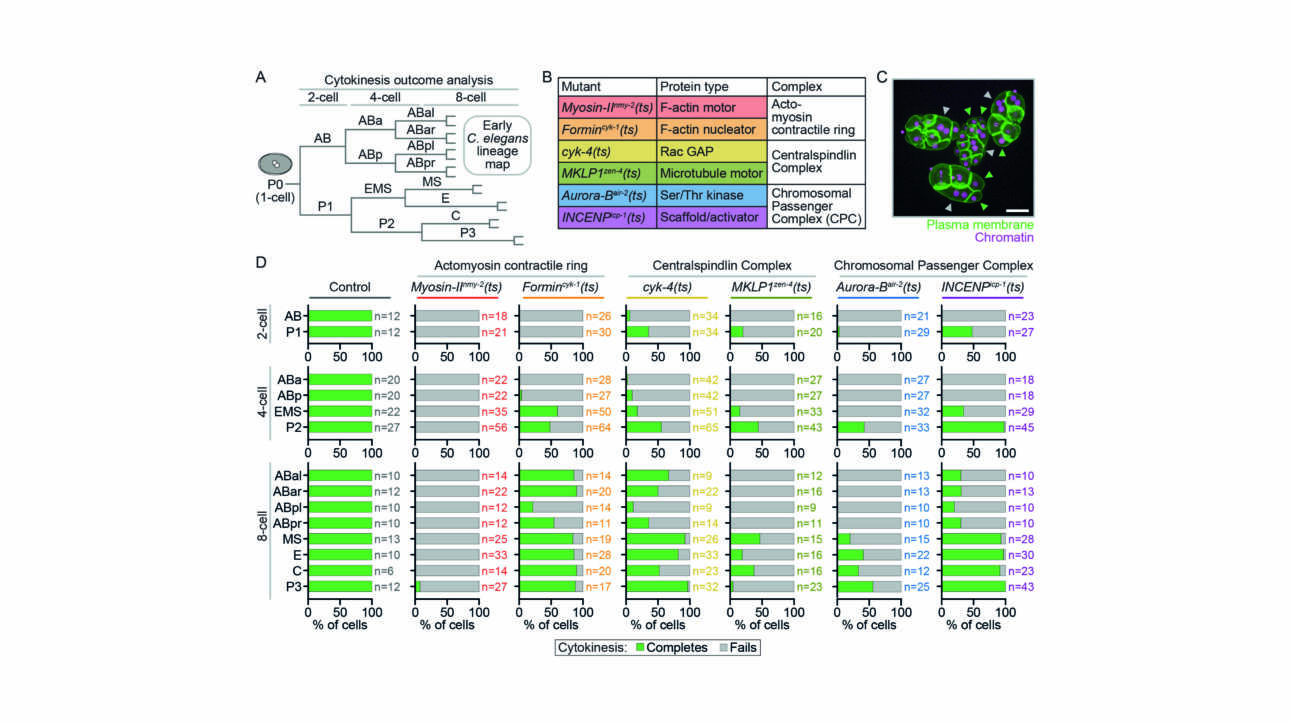
The Dumont Lab contributed to a new article published in microPublication Biology:
Cell type-specific regulation by different cytokinetic pathways in the early embryo
Abstract:
Cytokinesis, the physical division of one cell into two, is typically assumed to use the same molecular process across animal cells. However, regulation of cell division can vary significantly among different cell types,…
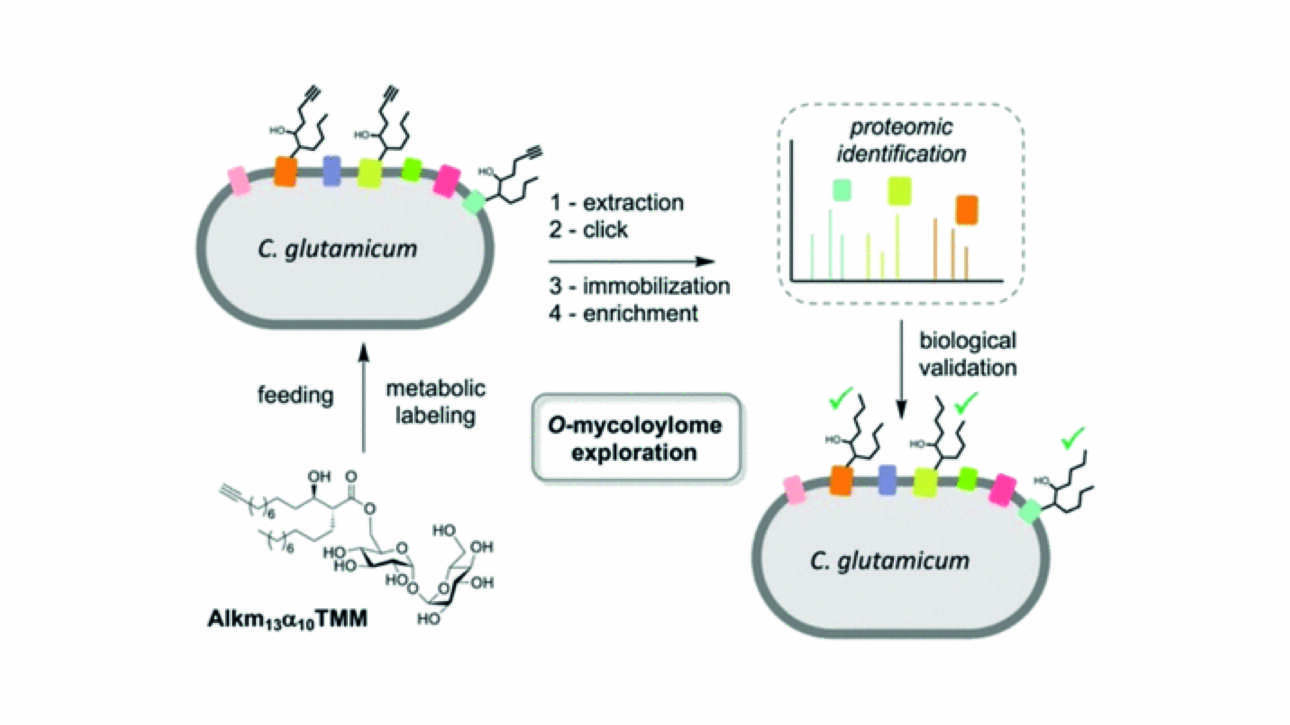
The ProtéoSeine platform contributed to the publication of a new article dans ACS Chemical Biology:
Bioorthogonal Monomycolate of Trehalose Disclosed the O-Mycoloylation of Mycoloyltransferases and Other Cell Envelope Proteins in C. glutamicum
Abstract:
Protein mycoloylation is a recently identified unusual post-translational modification (PTM) exclusively observed in Mycobacteriales, an order of bacteria that includes several human pathogens. These bacteria…

